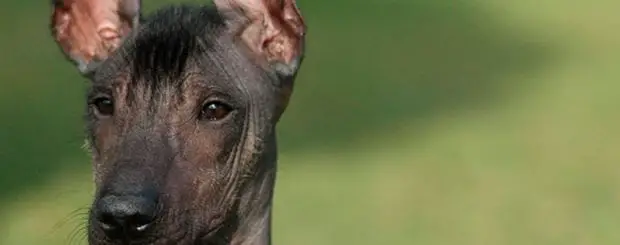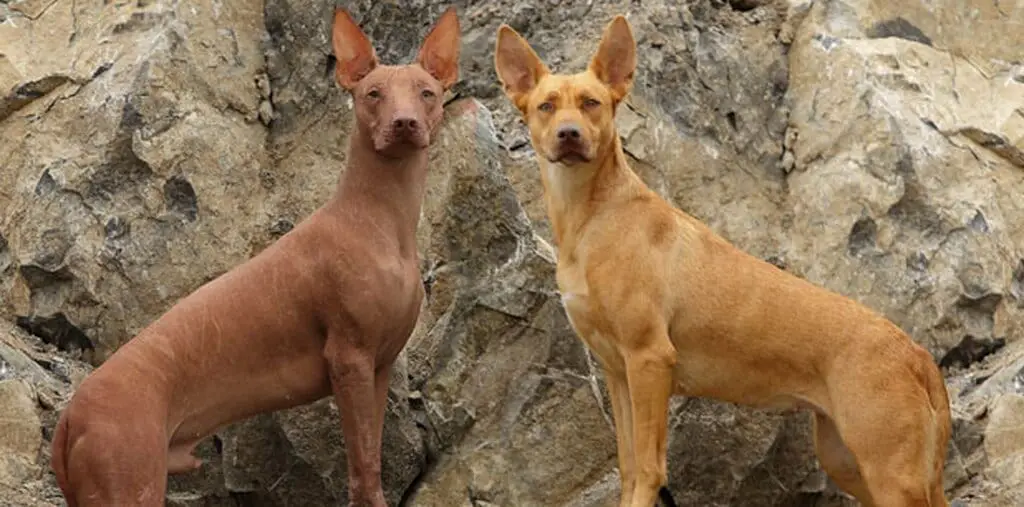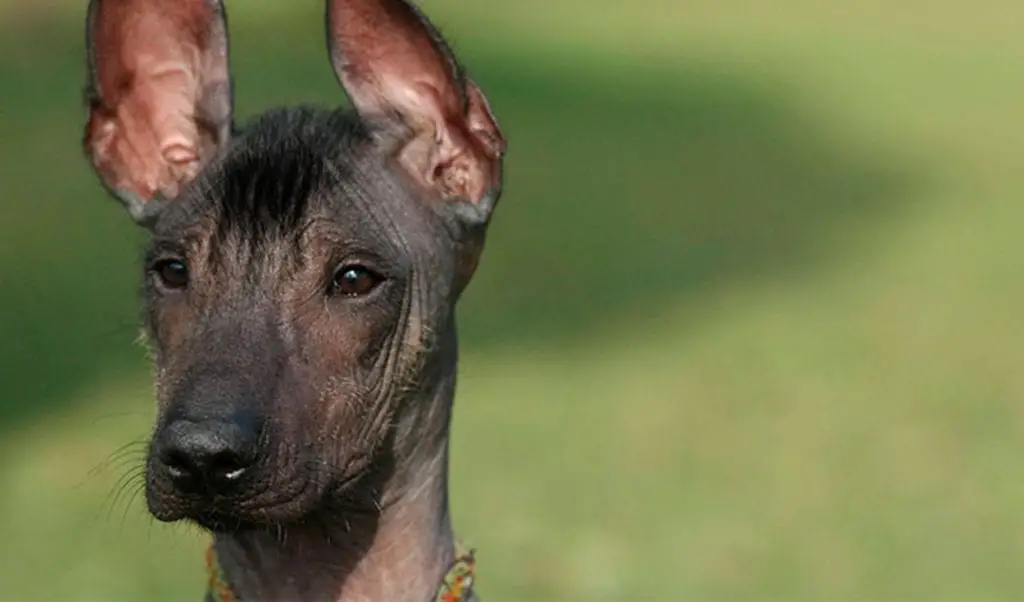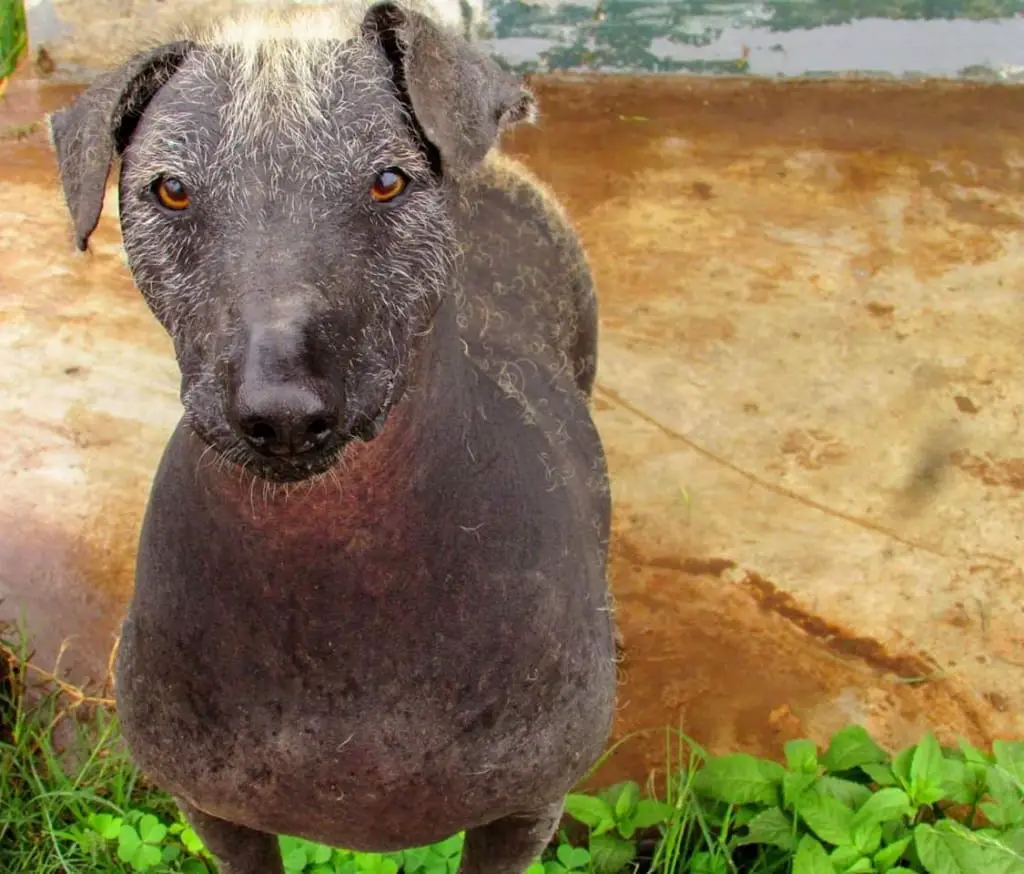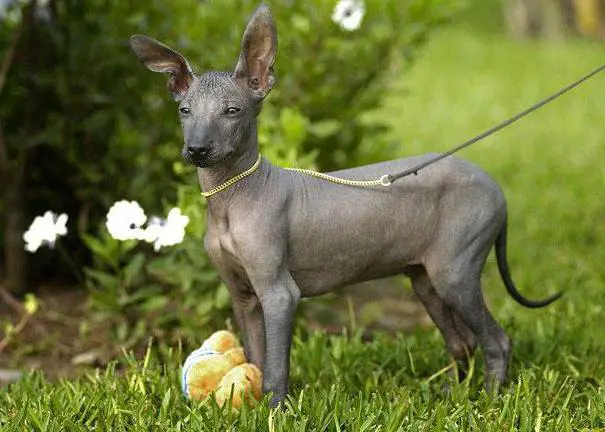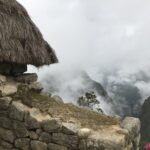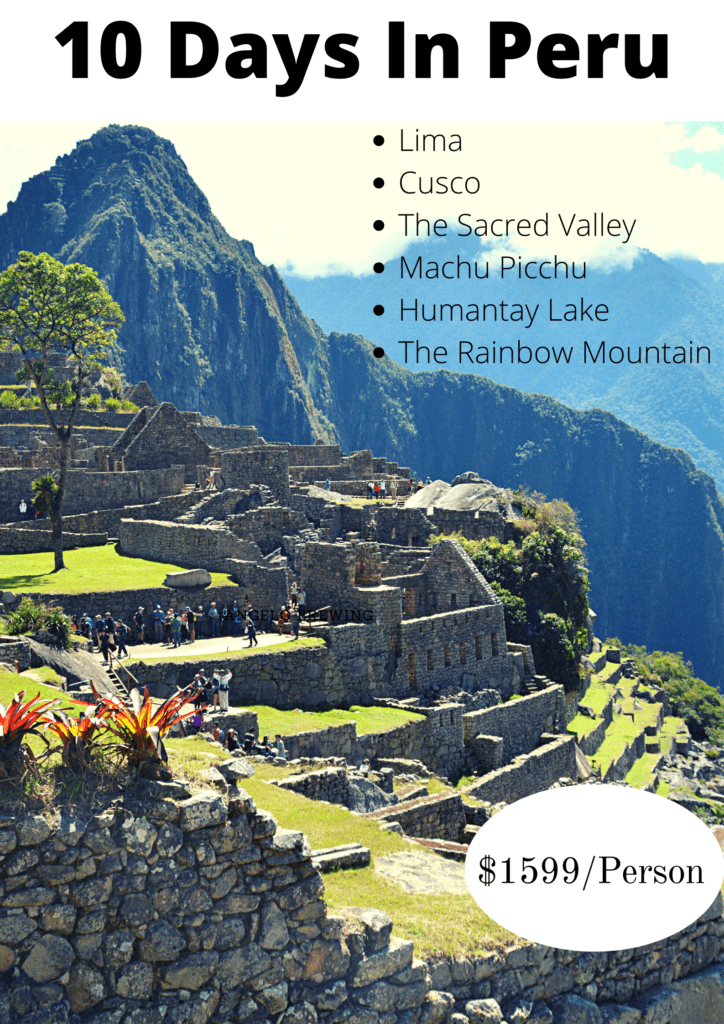The Peruvian Hairless Dog
James Bustamante is Native to New York but born to Peruvian parents. He has been traveling throughout Latin America since early 2003 and finally made his home in Peru. James has made his way by eating and traveling through almost every country in Central and South America.
Last Updated on January 8, 2021 by James Bustamante
The Peruvian hairless dog is also known as the Peruvian Inca Orchid, is a breed of sighthound that was developed in Peru. Seeing this breed is usually on most traveler’s bucket list along with the Machu Picchu hike.
The Peruvian hairless dog is commonly referred to as a very elegant sighthound that is swift, intelligent, and very agile.
This breed is not always completely hairless though, there are some that come coated.
We then simply refer to the dog with the other name of Peruvian Inca Orchid. This rare breed also comes in three sizes: small, medium, and large breed version.
The most common type seen in Peruvian streets tends to be the medium or small version.
Even in Peru, they are a rare sight, it’s not like you’ll run into this breed randomly taking the 4 day Inca trail or the Salkantay trek.
This hairless canine is known to be lively and alert. This makes them excellent dogs for hunting as well as agility competitions.
They don’t really have much of a bark as part of their arsenal so guard dogs they are not.
Contrary to popular belief the Peruvian hairless dog can come in a wide variety of different shades and colors.
The versions that have some coating to them can come in colors like black, brown, gray, white, tan, and even a nice shade of pink.
Let’s dwell a little bit deeper into the Peruvian Inca Orchid dog.
Peruvian Hairless Dog Origins
This ancient dog breed has been man’s best friend for a very long time as it seems. The Peruvian Inca Orchid’s exact origin mostly remains a mystery.
Historians think that this breed’s origins may be traced back to Africa or Asia. What we do know is that this hairless canine was a companion to the ancient Inca during the reign of their empire.
Travelers Tip: If you plan on heading from Lima to Machu Picchu make sure you include visits to destinations along the trip like The Rainbow mountain hike or the Tour of the Sacred Valley.
The Peruvian hairless dog can be identified as being kept as a pet even during the pre-Inca culture which took place along the Peruvian coastal region.
There are depictions of this breed in Moche ceramics that date back to 750 A.D.
They are also depicted in ceramics from other cultures in Peru such as the Nazca, Vicus, Sican, Chancay, and even the Chimu.
This friendly breed almost went to extinction during the Spanish conquest that took place in Peru.
For a long time, it became quite rare to see them. Thankfully, there were some Peruvians that lived in rural areas and had kept several of them as pets.
They believed the dog had a spiritual value to them so they helped to breed and protect them.
Travelers Tip: Make sure to have your Machu Picchu travel package booked at least 90 days prior to travel so you can make sure you have the best hiking schedules at your disposal.
About the Peruvian Hairless Dog
As mentioned, this breed works great as a companion dog since they are extremely affectionate.
They are sighthounds similarly to greyhounds, whippets, or Afghan hounds but boast a heavier build.
The largest of the dog’s sizes will top out at 26 inches or 66 centimeters while the smallest of the three sizes will be at around 10 inches or 25 centimeters.
Most people that want to have one of these dogs do so for their most distinguishing factor, the hairlessness.
The breed has very delicate skin that in some cases can be one solid color while in others it has unpigmented areas.
There are coated Peruvian Inca Orchids but they are rather rare and can be part of the same litter as the hairless type.
This seemingly elegant dog has a build that can express speed as well as strength without appearing too bulky or thin.
The breed is noble and affectionate at home with its family members, he can be lively and alert. At the same time, this breed tends to be wary of strangers while being very loyal and protective of the people it sees as close members of the pack.
The Peruvian dog should be supervised if left with small children since they can be a little bit rough when playing, remember they are a very energetic breed.
Since hunting is in their bloodline, caution should also be taken with small pets that might be seen as potential prey. As with many breeds, socialization is key for a balanced dog.
Peruvian Dog Nutrition
The Peruvian Inca Orchid as you might expect will do well with high-quality dog food.
Regardless of whether you choose to feed this hairless breed with commercial brands or home-cooked meals make sure you use good, high-quality products.
As with any breed, the diet you choose for your dog will depend on whether it is a puppy, adult, or senior dog.
Some bloodlines for this breed have been known to overheat and become overweight so you will want to keep track of calories.
If you have any doubts about your dogs’ calorie goals, weight, or nutrition you can always consult with a veterinarian.
If at all possible make sure the vet works with or has worked with this breed in the past. Lastly, your hairless Inca dog will need access to fresh water at all times.
Tips on Grooming
The Peruvian hairless dog is most definitely not an outdoor breed. In fact, the Inca orchid will most likely need sunscreen on hot, sunny days.
They have very sensitive skin, the pink shaded specimens, in particular, can summer from sunburns during the summer months.
This breed will also require a good bath to keep parasites and insects off. As with all breeds, you will need to go through all the basics.
The dog’s nails should be trimmed with a nail clipper and then use a grinder to avoid splitting and cracking.
Make sure to check for wax buildup in the dog’s ears, infections lead to itchy ears which lead to plenty of scratching and that is not something you want with a hairless breed.
Lastly, make sure to have your dogs’ teeth brushed whenever needed.
Exercise Regimen
This playful Peruvian breed will require a good deal of playtime and activity in order to be a happy dog.
Activities include some play in a fenced backyard, the large version of the Peruvian hairless dog can be quite athletic.
A 6-foot fence might be something you will want to look into. Indoors they will thrive with games like hide-and-go-seek, learning tricks, and chasing a ball in the living room.
Remember that these are not outdoor dogs so apartment living along with several scheduled walks every day will also be a wonderful exercise regimen for this breed.
If you are into agility training your dogs then this breed will be a great addition.
Training Regimen
The Inca Orchid will require plenty of socialization for an early age, some lines will have strong hunting instincts that will need to be focused on something productive.
In the beginning, this breed might be a challenge to train. They are smart and a bit stubborn at times so they will need to know who leads the pack at an early age.
This breed has a wide range of temperaments, starting from the lapdog to the very docile sighthound to a more primitive feral temperament due to strong hunting instincts.
They are not the most recommended breed for families that have small children but will do very well with older children who are easier to play with.
Teaching this breed to rough play is not the best activity since this can promote a more aggressive behavior once again, due to their strong hunting instincts.
Aggressive play with other animals is also discouraged since they can easily injure their skin.
It is ok to raise the breed with other animals as long as they are properly socialized and supervised at an early age.
The Peruvian hairless is a healthy breed by all accounts as they don’t suffer from many genetic diseases.
It is recommended that breeders screen their canines for eye disorders, ear infections, and hearing loss as well as cardiac exams.
In Conclusion
The Peruvian Inca Orchid is an unusual breed that requires a strong leader in the family nucleus.
They are loyal, energetic, and very alert dogs that will love spending time with the people closest to them but will be wary around strangers.
The Peruvian hairless dog is an ancient breed with a unique physical that will be a great addition to the family.
It was once only kept by Inca royalty and was saved from extinction by the specimens kept in the more rural areas.
If you want to learn more about Peru and visit Machu Picchu make sure to contact one of our travel advisers today!
Frequently Asked Questions About the Peruvian Hairless Dog
Is the Peruvian hairless dog the same as the Peruvian Inca Orchid?
Yes, they are the same breed with different names.
Were the Peruvian hairless dogs kept by the Inca?
Yes. This breed was kept by the Inca as well as several cultures that came before them such as the Moche.
Does the Peruvian hairless dog need sunscreen?
As with many hairless breeds, the Peruvian hairless will need sunscreen on sunny days. The pink shaded versions tend to be most likely to suffer from sunburn.
Where did the Peruvian Inca Orchid originate from?
Details are not too clear but historians state that the original stock for the Peruvian hairless came from Africa or Asia.
How big is the Peruvian hairless dog?
This breed has three different sizes: small, medium, and large.
Is the Peruvian hairless dog good with children?
This breed might be too active and energetic for very young children but do very well with slightly older kids.
Is the Peruvian Inca Orchid good with other animals?
Yes, with early socialization as well as training the Peruvian dog can be a great addition to any household that has other pets.
